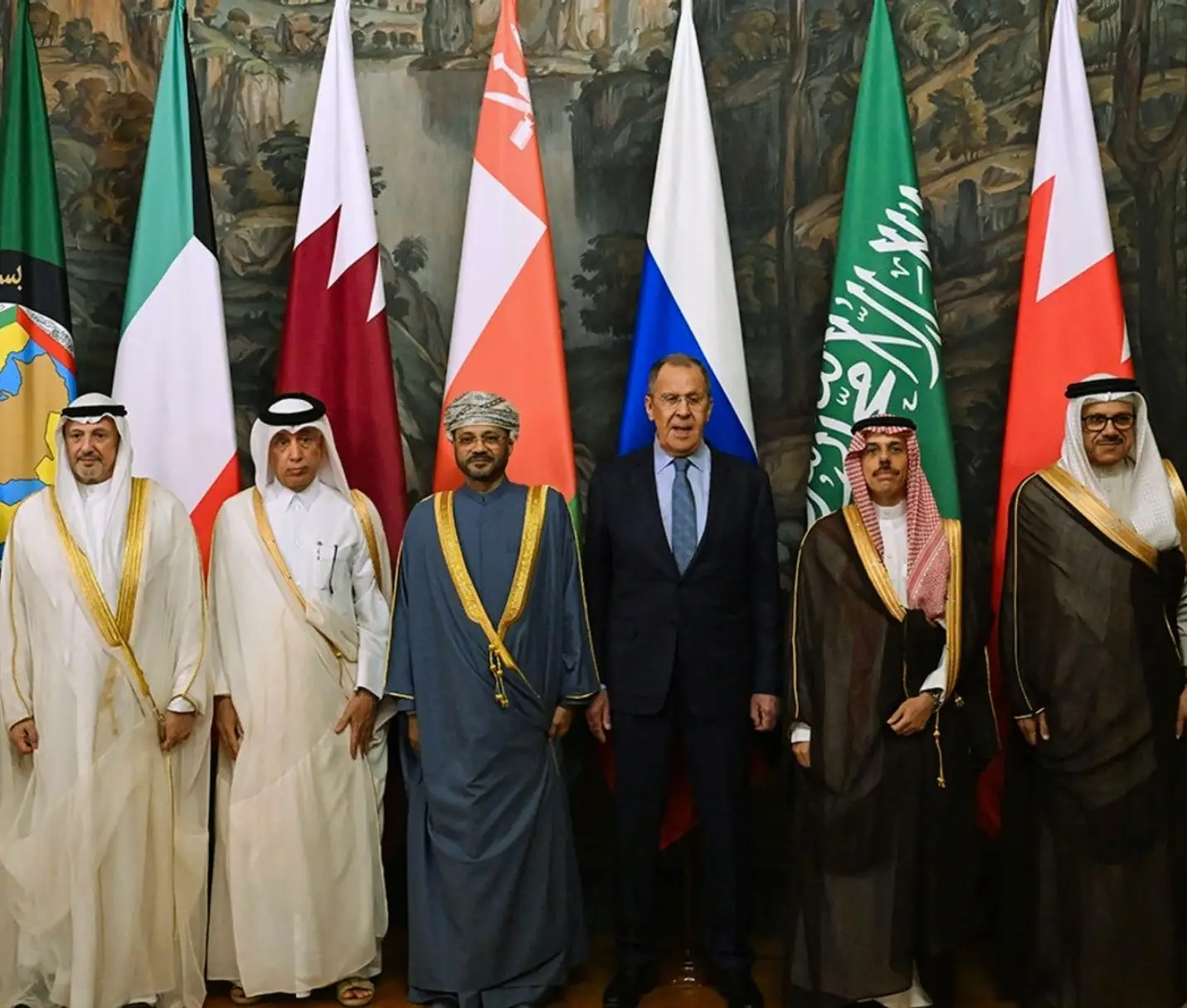The 3rd EEAS Report on Foreign Information Manipulation and Interference (FIMI) Threats exposed increasing weaponization of information space as a geopolitical battleground. Over the past year, FIMI attacks targeted more than 80 countries and over 200 organizations and devastatingly affected major global events like Presidential elections in Moldova and political landscape in the Sahel region. No sector of society was spared, with foreign actors using FIMI to manipulate public opinion, fuel polarization and interfere with democratic processes both within EU and globally. The primary objective of these operations is to destabilize societies, damage democratic institutions and weaken EU’s global standing. FIMI is not merely a tool for spreading disinformation; it is an integral part of hybrid warfare employed to shape geopolitical dynamics and enable kinetic actions. For instance, Russian war against Ukraine served as a key example of how foreign states use manipulative behaviour, AI-generated content, bot networks and censorship to lay groundwork for military operations. Beyond targeting the EU, hostile actors also deploy FIMI against countries seeking EU membership and attempted to derail their progress and undermine EU’s policies / values.
Against this backdrop, EU has significantly evolved its approach to FIMI with a greater focus on malign actors and their tactics. In response to new technologies and weaponization of information by autocratic regimes, EU has strengthened its policy responses and introduced a more structured strategy. FIMI toolbox, developed as part of EU’s Strategic Compass for Security and Defence, enhanced awareness, raised societal resilience and enabled diplomatic and regulatory action against foreign interference. The scale of threat requires close coordination with EU institutions, Member States, NATO, and G7. A key development in 2024 was first-ever EU-imposed sanctions on FIMI operations to reflect growing commitment to deter information manipulation. The 2025 report introduced a critical new instrument, FIMI Exposure Matrix, which enables a systematic classification of FIMI infrastructure to provide policymakers with a clearer understanding of how foreign actors construct and deploy their networks.
To apply FIMI Exposure Matrix to 505 documented FIMI incidents involving 38,000 channels, the report uncovered vast digital architecture used by Russia and China to conduct influence operations. The findings confirm that these efforts consist of multiple platforms and geographical regions to target democratic institutions, media outlets, and civil society organizations. FIMI operations affected 90 countries worldwide declaring it a substantial threat on global scale. Additionally, Ukraine remained the primary target, accounted for nearly half of all recorded incidents, while France, Germany, Moldova, and Sub-Saharan Africa were also heavily affected. In 2024, elections were a key focus of FIMI campaigns, with 42 Russian FIMI attempts recorded during the European Elections in June. Social media platforms continued to serve as the primary battleground, with X (formerly Twitter) alone accounted for 88% of detected activity. EU, NATO, independent media outlets, and FIMI researchers were among the most frequently targeted entities. The Doppelgänger Campaign, which relied on impersonated news sites and AI-generated content, accentuated the increasing sophistication of coordinated inauthentic behaviour.
Moreover, Russia remained a dominant FIMI threat actor and explicitly employed a combination of state-controlled media, diplomatic channels, and covert networks to spread disinformation. The Kremlin’s FIMI strategy is deeply embedded in military and political operations, with key objectives to undermine EU support for Ukraine, exploit societal divisions, and erode trust in democratic institutions. Russian FIMI activities in 2024 focused on major electoral events including European Elections, Moldovan Presidential elections, and Georgia’s parliamentary elections, with the help of using manipulative tactics to influence voter behaviour. Africa also emerged as a key theatre for Russian FIMI, with campaigns aimed at legitimizing military and economic influence in Mali, Niger, and Burkina Faso. Russian state-controlled media such as RT, Sputnik, and TASS, alongside covert networks like False Façade campaign, played a crucial role to amplify narratives that aligned with the Kremlin’s interests. The report further highlighted how Moscow integrates diplomatic action with FIMI to get advantage of international platforms to legitimize disinformation through state-controlled fact-checking initiatives.
China also intensified FIMI operations in 2024 and manipulated state-controlled media, private PR firms, and influence-for-hire networks to shape global narratives. The Taiwanese Presidential elections and US Presidential elections were key targets of Chinese FIMI efforts, with operations focused to influence public perception and suppress dissenting voices. South China Sea dispute and human rights narratives remained focal points, as Chinese FIMI sought to counter criticism of policies related to Xinjiang, Tibet, Hong Kong, and Taiwan. China’s influence-for-hire networks played a particularly important role in Africa, where media partnerships and journalist training initiatives were utilized to amplify Beijing’s economic and strategic interests. Unlike Russia, China’s FIMI strategy is highly centralized, with state media, diplomatic accounts, and social media influencers systematically amplifying official narratives. The report also highlighted transnational repression tactics, in which Chinese authorities use economic incentives, visa restrictions, and legal threats to silence critical voices in academia, civil society, and journalism.
In addition to this, FIMI architecture consists of a complex network of interdependent actors, with state-controlled media, covert networks, and social media campaigns operating in coordination. The network analysis conducted in this report identifies key nodes within the FIMI ecosystem and mapping relationships between attributed and non-attributed channels. The interactions between Russian and Chinese FIMI networks are particularly notable, with state-controlled media such as RT, Sputnik, CGTN, and Global Times engaged in mutual amplification of narratives. While their FIMI strategies differ, both Russia and China systematically exploited geopolitical crises to allegedly undermine Western institutions. The expansion of influence operations into emerging digital platforms, including Telegram, Facebook, and alternative video-hosting sites, reflected an evolving multi-platform strategy. The Doppelgänger Campaign and False Façade operation substantiated how FIMI actors manipulate digital ecosystems to disguise their affiliations and deceive audiences.
Lastly, 3rd EEAS Report on FIMI Threats concluded that FIMI is an urgent and growing security challenge which require comprehensive and proactive countermeasures. The recommendations emphasized need to enhance coordination with NATO and G7 partners, expand regulatory frameworks such as Digital Services Act and increase public awareness of FIMI tactics. Strengthening EU’s anticipatory analysis capabilities through FIMI Exposure Matrix will be crucial to detect and disrupt emerging FIMI threats. The implementation of targeted sanctions, embedded with enhanced digital literacy initiatives, will likely contribute to building resilience against information manipulation. In short, the necessity of whole-of-society approach to ensure that governments, civil society, and media organizations work collectively to safeguard democratic institutions from foreign interference.






